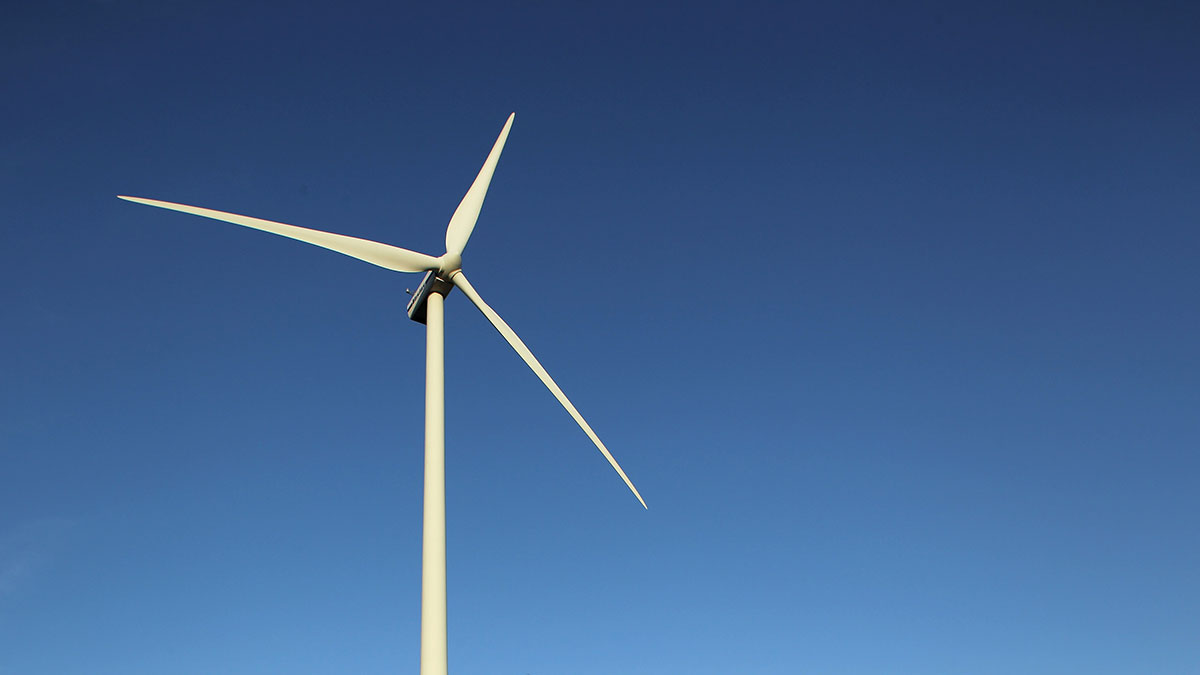An east coast gas crisis has been averted in part due to growth in renewable energy

Wind turbine
An East Coast gas crisis has in part been averted by new wind and solar farms — further building the case for renewables, Australia’s national energy maket operator has today reported.
“With over 4000 megawatts of wind and solar coming online in the next two years, our forecasts show that gas-powered [electricity] generation demand could be even lower than the projections in 2017,” reported the Australian Energy Market Operator in a new 20-year outlook for Australia’s east-coast gas sector.
The role of gas-powered electricity generation was transitioning “to focus more on meeting demand when renewable generation is low”, said the operator’s general manager of planning and forecasting David Swift.
The Australian Energy Market Operator (AEMO) — established by government authorities in 2009 to manage the National Electricity Market and gas markets — had previously forecast major shortages just last year.
AEMO now says lower demand, slightly lower LNG exports, a net increase of 7 petajoules of gas production coming on stream in 2019, and 4000MW of renewables displacing gas-powered generation means the East Coast domestic gas needs can be met.
A forecast reduction in LNG exports has also coincided with a 7 petajoule net increase of East Coast production and a new Northern Gas Pipeline, which will be able to supply up to 90 terajoules of gas a day to Mount Isa from December 2018.
- Bookmark this link for small cap breaking news
- Discuss small cap news in our Facebook group
- Follow us on Facebook or Twitter
- Subscribe to our daily newsletter
Queensland is one of Australia’s gas production hubs where companies like Senex (ASX:SXY), State Gas (ASX:GAS) and Strike Energy (ASX:STX) are engaged in projects to deliver gas from the Cooper and Surat Basins.
They are up against the renewable energy up-and-comers like Genex (ASX:GNX), Windlab (ASX:WND) and Tilt Renewables (ASX:TLT).
Queensland has 143 wind, solar, biogas, hydro and geothermal projects in the pipeline, under development or operating. They amount to 15,927MW of energy, according to the Queensland government.
It has 21 operational gas-powered generators with capacity of 4432MW.
UNLOCK INSIGHTS
Discover the untold stories of emerging ASX stocks.
Daily news and expert analysis, it's free to subscribe.
By proceeding, you confirm you understand that we handle personal information in accordance with our Privacy Policy.








